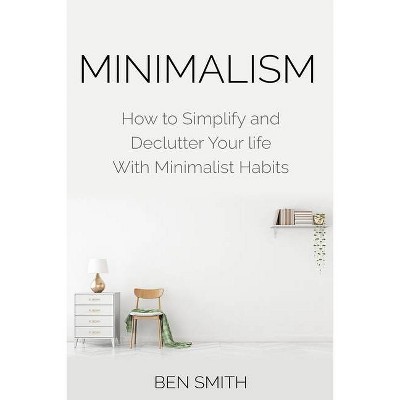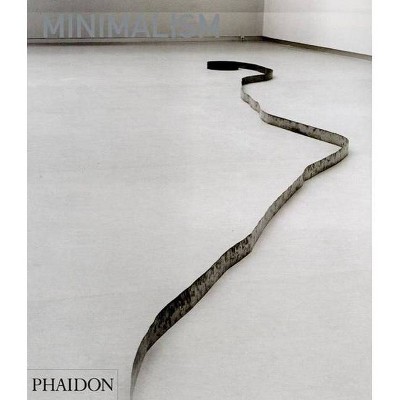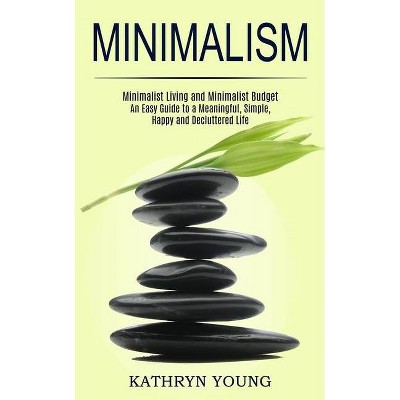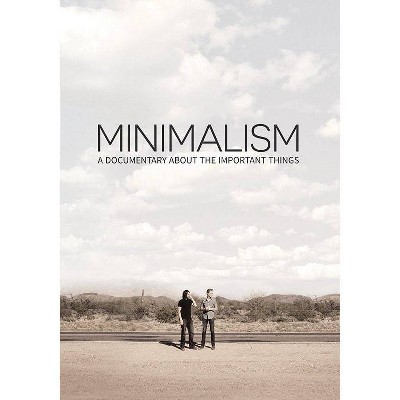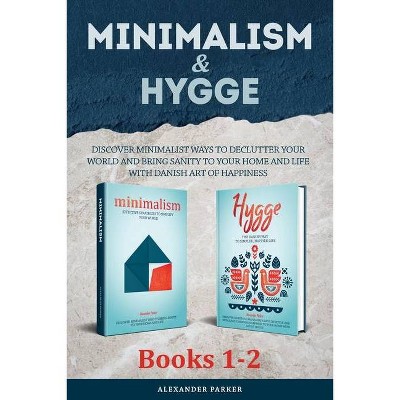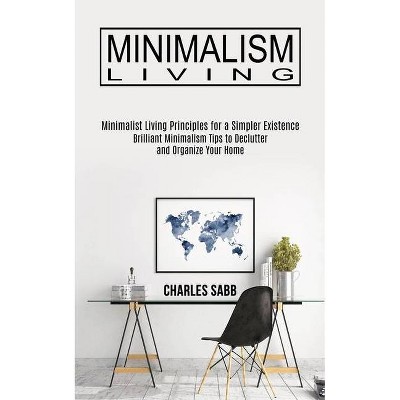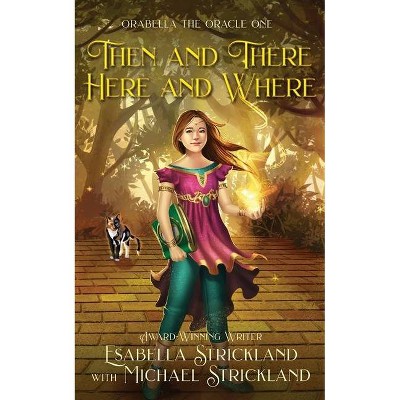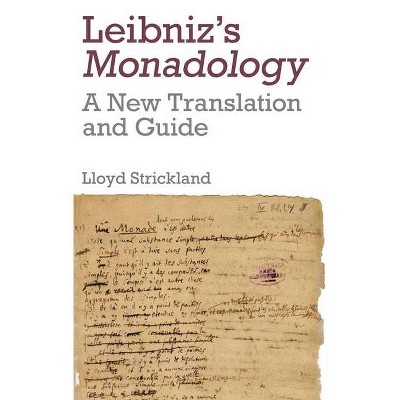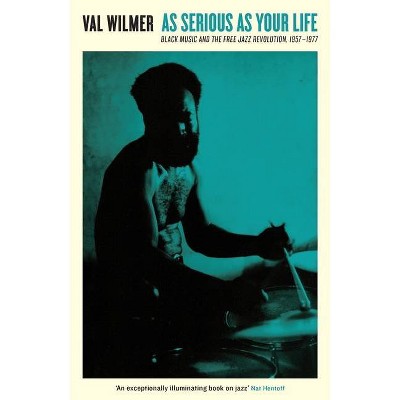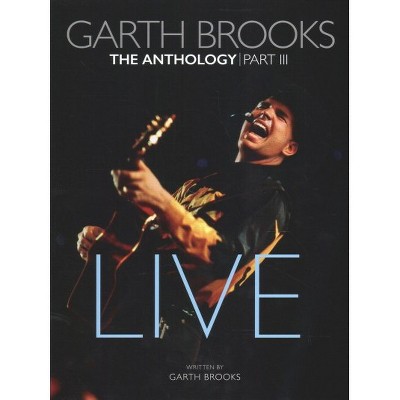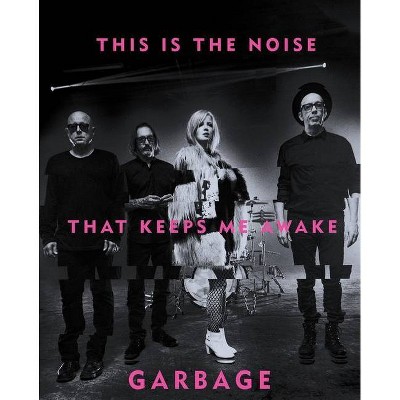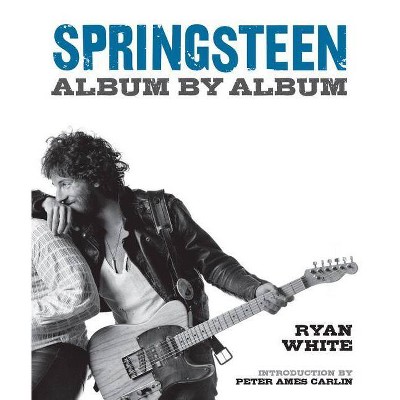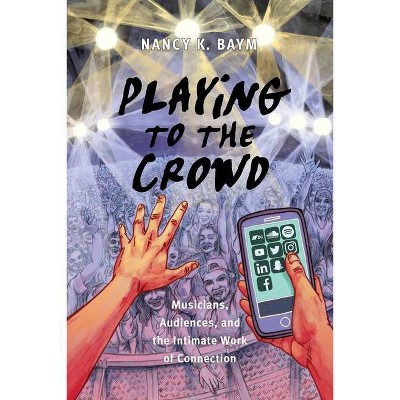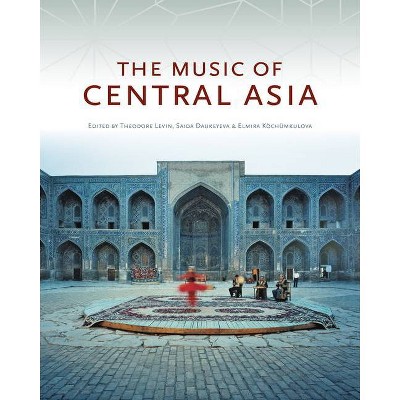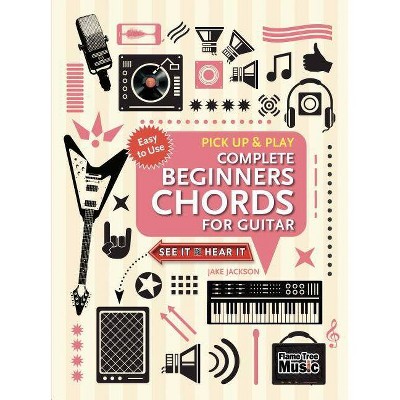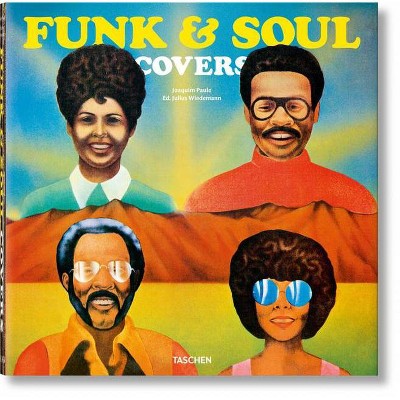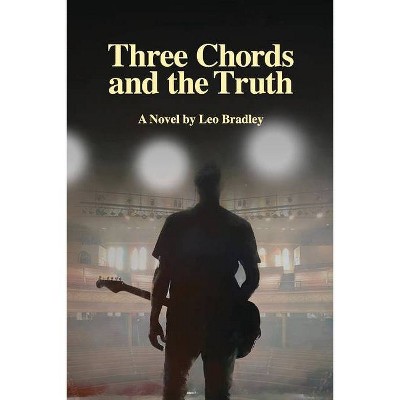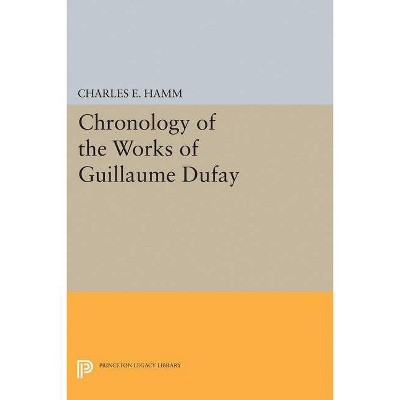Minimalism: Origins - by Edward Strickland (Paperback)
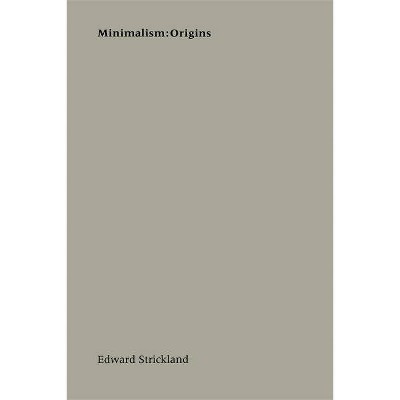
Similar Products
Products of same category from the store
AllProduct info
<p/><br></br><p><b> Book Synopsis </b></p></br></br><p> . . . a landmark work, the first attempt to write a pre-history of minimalism that embraces all the arts. Its importance cannot be overestimated. --K. Robert Schwarz, Institute for Studies in American Music</p><p>All told, this book is mandatory reading for anyone who wishes to understand the history and nature of minimalism. --i/e NINE</p><p>The death of Minimalism is announced regularly, which may be the surest testimonial to its staying power, says Strickland in this study, the first to examine in detail Minimalist tendencies in the plastic arts and music. Investigating the origins of Minimalism in postwar American culture, Strickland redefines it as a movement that developed radically reductive stylistic innovations in numerous media. A survey with wit.</p><p/><br></br><p><b> From the Back Cover </b></p></br></br>"The death of Minimalism is announced regularly, which may be the surest testimonial to its staying power". This is the opening sentence of Edward Strickland's study, the first to examine in detail Minimalist tendencies in the plastic arts and music. The term Minimalism appeared in the mid-1960s, primarily with reference to the stripped-down sculpture of artists like Robert Morris and Donald Judd, both of whom detested the word. In the late seventies it gained widespread currency when applied to the repetitive music popularized by Steve Reich and Philip Glass. In the first part of the book, "Paint", Strickland shows how Minimalism offered a rethinking of the main schools of abstract art to mid-century. Within Abstract Expressionism Barnett Newman opposed the stylistic complexity of confessional action painting with non-gestural, color-field painting. Ad Reinhardt and Ellsworth Kelly reconceived the rhythmic construction of earlier Geometrical Abstraction in "invisible" and brilliant monochromes respectively; and Robert Rauschenberg created Dadaist anti-art in pure white panels. Next, Strickland surveys Minimal music from La Monte Young's long-tone composions of the fifties to his drone works of the Theatre of Eternal Music. He examines the effect of foreign and nonclassical American musics on Terry Riley's motoric repetition developed from his tape experimentation, Steve Reich's formulation of phasing technique; and Philip Glass's unison modules. The third part of the book treats the development of Minimal sculpture and its critical reception. Strickland also discusses analogous Minimalist tendencies in dance, film, and literature as well as the incorporation of once-shocking Minimalistvocabulary into mass culture from fashion to advertising. Investigating the origins of Minimalism in postwar American culture, Strickland redefines it as a movement the developed radically reductive stylistic innovations in numerous media over the third quarter of the twentieth century.<p/><br></br><p><b> About the Author </b></p></br></br><p>Edward Strickland, long a contributing editor to Fanfare, is the author of American Composers: Dialogues on Contemporary Music (also from Indiana University Press). In addition to writing articles on American culture, he has lectured on the topic in North America, Europe, and Asia.</p></p>
Price History
Price Archive shows prices from various stores, lets you see history and find the cheapest. There is no actual sale on the website. For all support, inquiry and suggestion messages communication@pricearchive.us
